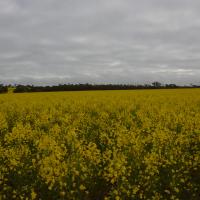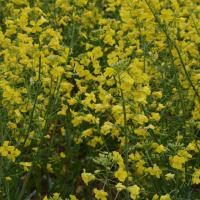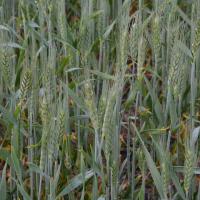Assessing start of flowering
Monitor and record the date that flowering commences.
Rule of thumb: In canola and pulse crops this is when the first flower buds open in the crop. In cereal crops flowering commences soon after head emergence. In barley and oat crops, it can commence while the head is still in the boot.
Why monitor end of flowering in canola?
The crop will be ready for windrowing approximately 25 to 30 days following the end of flowering. This is useful if you are planning to use a contractor to windrow your crop (since an approximate date can be given well before the due date – allowing you to windrow on time resulting in minimal seed losses and maximum oil yields).
Assessing end of flowering in canola
Observe the crop at ten different locations along the monitoring path in order to determine if flowering has finished. You may need to monitor the crop on more than one occasion in order to record the specific date.
Rule of thumb: Crops are considered to have finished flowering when the majority of petals have fallen, and a scattering of petals are left on the crop (no more than 10%).




